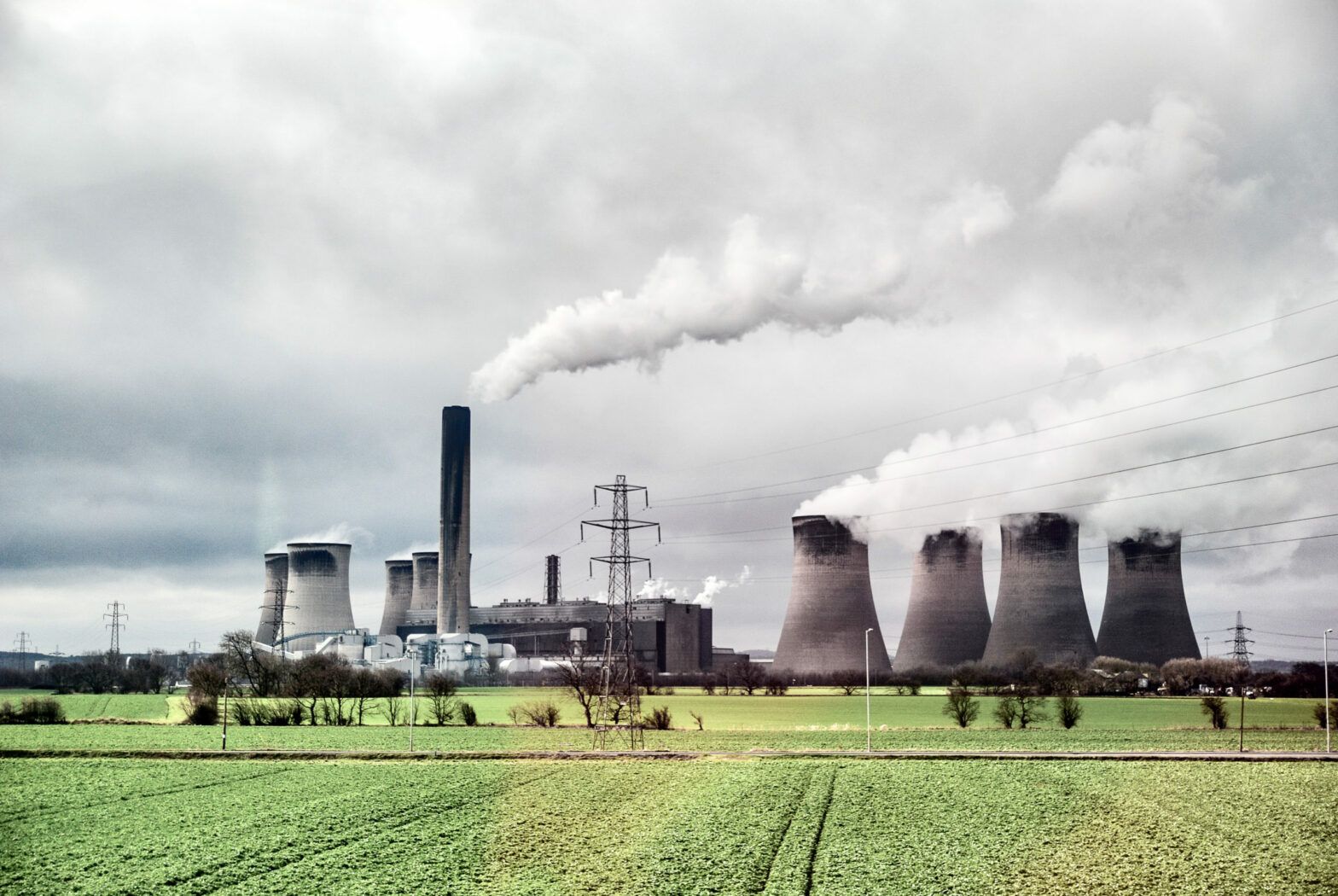Europe is already recognised as a world leader in reducing greenhouse gas emissions (GHG), contributing 7% of the world’s emissions – much lower than the China at 24% and the US at 12%.
However, Europe is set to intensify these efforts over the coming years through various financial and regulatory initiatives, and policies that are aimed at further mitigating climate change.
The European Union has agreed to increase its 2030 climate target after signing up to the Paris Climate Agreement in 2015 – the region expects to legislate its climate neutrality objective in 2021 after European leaders agreed a more ambitious target in December 2020. The aim now is to reduce GHG by at least 55% by 2030, up from the 40% reduction target initially set in the European Green Deal.
The Morningstar DBRS note Climate Change Mitigation in the EU – Stepping Up Efforts to Reduce Emissions and Meet the Paris Agreement, written by Adriana Alvarado, vice-president in the global sovereign ratings team, and Gordon Kerr, head of European research, said achieving these climate objectives will require financial investments of some €260bn a year by 2030.
As a result, the EU has increased its efforts on climate finance initiatives amid its growth strategy for a sustainable economy, the European Green Deal.
Alvarado and Kerr explained: “The EU is planning to increase its efforts to reduce its GHG emissions further. The EU’s current commitment is to reduce GHG emissions by at least 40% by 2030 compared with its 1990 level. It was set in 2014 in line with the long-term EU objective to achieve GHG emission reductions of 80-95% in 2050. However, in 2019, the EU adopted the long-term EU objective of climate neutrality by 2050. The EC thus set up a more ambitious climate action plan in the European Green Deal, presented in December that year.”
See also: –BMO GAM’s Bakhshi: The challenge in 2021 is the roadmap to net zero
The European Commission (EC) is looking to strengthen its climate policy framework, to meet these new ambitious targets, in a number of ways:
- EU Emissions Trading System (ETS) Directive
The Morningstar DBRS note pointed out the EU ETS is the largest carbon-pricing system in the world. It sets limits on the amount of GHG regulated sectors can emit and then allows participants to trade emissions permits – or carbon credits.
“The current EU ETS 2030 reduction target is 43% relative to the 2005 level,” the note said. “The EU ETS covers over 40% of total EU emissions, coming from large companies in the energy, heavy industry, and aviation sectors (only flights within the European Economic Area). Most of the 26% decline in GHG emissions in the EU between 1990 and 2019 took place within the EU ETS in power plants.”
The main contributor to the decline in emissions is the cleaner energy mix as renewables increase their market share. The sector caps are reduced each year with the trade of allowances acting and as an incentive for firms to reduce their emissions further in a cost-effective way.
In a review of the EU ETS, the EC is looking at including the building sector and road transport into emissions trading.
“The idea is that their inclusion would provide bigger economic incentives to reduce emissions in these sectors across the EU, and, depending on the strictness of the cap, it could increase certainty over delivering the GHG emission reductions in those sectors,” said Alvarado and Kerr.
2. Effort Sharing Regulation
This legislation sets the annual national emission reduction targets for the economic sectors outside the EU ETS, which currently includes transport, buildings, agriculture, and waste – almost 60% of total domestic EU emissions, said Morningstar DBRS.
“Currently, for the EU as a whole, the emission reduction target for the sectors not included in the EU ETS is 30% by 2030 relative to the 2005 level, but countries with a lower GDP per capita have lower targets,” Alvarado and Kerr explained.
“To meet the national targets, EU countries can adopt their own policies, including carbon taxes, financial support, incentives for electric car purchases, and building standards. While there has been a significant reduction in emissions under the EU ETS, progress at the national level under the Effort Sharing has been more limited.
“Preliminary estimates show that Austria, Belgium, Bulgaria, Cyprus, Estonia, Finland, Germany, Ireland, Luxembourg, Malta, Poland, and the Czech Republic had emission levels higher than their 2019 targets, according to the EEA.”
As a result, the EC is reviewing the national targets to reduce emissions in the Effort Sharing sectors.
3. Land Use, Land Use Change and Forestry Regulation (LULUCF Regulation)
The Morningstar duo said this covers the “net carbon sink”, which encompasses the removals of CO2 by forest land and by carbon stored in harvested wood products, as well as GHG emissions from cropland or from the conversion of land to settlements.
“The LULUCF sector is key for the EU climate targets because these include the LULUCF emissions and removals. After increasing in the 1990s, the EU forest carbon sink has gradually decreased over the past decade, as a result of ageing forests and higher harvesting rates.”
Under existing policies and planned measures, the LULUCF sink in the EU is expected to decrease by 21% between 1990 and 2030, according to the European Emissions Authority (EEA).
4. CO2 standards for cars and vans Regulation (light-duty vehicles)
This is covered by the Renewable Energy Policy, the Energy Efficiency Policy and the Transport Policy. According to the EEA, the EU was on track to achieve its target of a 20% share of renewables in energy consumption by 2020 and has increased this target to at least 32% by 2030. The Morningstar note said the Renewable Energy Directive specifies national renewable energy targets for each country, taking into consideration their starting point and capacity, while the Energy Efficiency Policysets targets and standards for energy efficiency for sectors outside the EU ETS, including existing and new buildings – it currently requires EU countries to improve energy efficiency by at least 32.5% by 2030.
See also: – ‘Pivotal moment’ as fund groups sign Net Zero Asset Managers commitment
Meanwhile, the Transport Policy, also known as the CO2 Emissions Performance Standards for Cars and Vans Regulation, aims to reduce GHG emissions from the transport sector with a strategy for low-emission mobility.
“Transport accounts for almost 25% GHG emissions in Europe,” said Alvarado and Kerr. “Stricter EU fleet-wide CO2 emission targets will apply from 2025 and from 2030: emissions will have to reduce by 15% from 2025 for both cars and vans, and by 37.5% for cars and 31% for vans from 2030, relative to 2021.
“The reduction in emissions in the transport sector has been more limited compared with other sectors, remaining higher than in 1990. However, changes in the fleet offerings by auto manufacturers from 2021 onwards will help to transition the market into lower emissions.”
Financing
As previously highlighted, meeting the EU’s climate objectives will require financial investments of some €260bn a year by 2030. To help finance the transition, the EC set up the European Green Deal Investment Plan (also known as the Sustainable Europe Investment Plan) in January 2020 and the Just Transition Mechanism.
The Sustainable Europe Investment Plan, the investment pillar of the Green Deal, aims to mobilise at least €1trn in green investments over the next decade. This includes the use of private funds through EU financial instruments, notably InvestEU.
Alvarado and Kerr continued: “At the same time as there will be support for green investment and technologies, some regions and sectors will be affected by the transition to carbon neutrality. The Just Transition Mechanism is intended provide targeted financial support to those affected regions and businesses, by at least €100bn over the period 2021-2027.”
The pair also highlighted the EU also agreed last year to allocate 37% of the €750bn Recovery Fund (Next Generation EU), launched to support a recovery of EU economies from the pandemic, to green investments.
See also: – Do EU green deal disclosure requirements risk being a productivity drain?
They added, the Green Deal also included the Renewed Sustainable Finance Strategy to further encourage the financial system to support businesses on their green transition and channel private funding towards sustainable investments through 10 action items – the first one being the EU Taxonomy that came into force in July 2020.
“As climate change becomes a more pressing issue for the planet, the EU is stepping up its efforts to reduce greenhouse gas emissions in line with the Paris Agreement to limit global warming. More ambitious and binding climate targets will require changes to current climate and energy policies as well as substantial investment,” Alvarado and Kerr said.
Although other regions such as the US and China have also recently increased their climate ambitions and efforts, Europe is continuing the lead the way on GHG emissions reduction and looks set to for decades to come.








